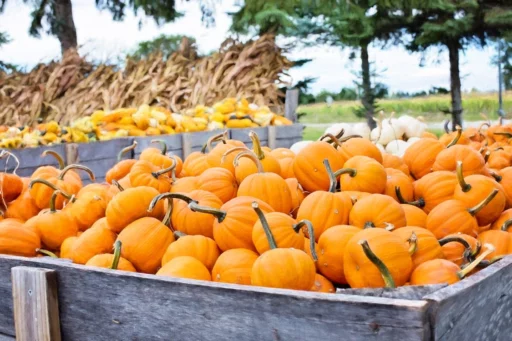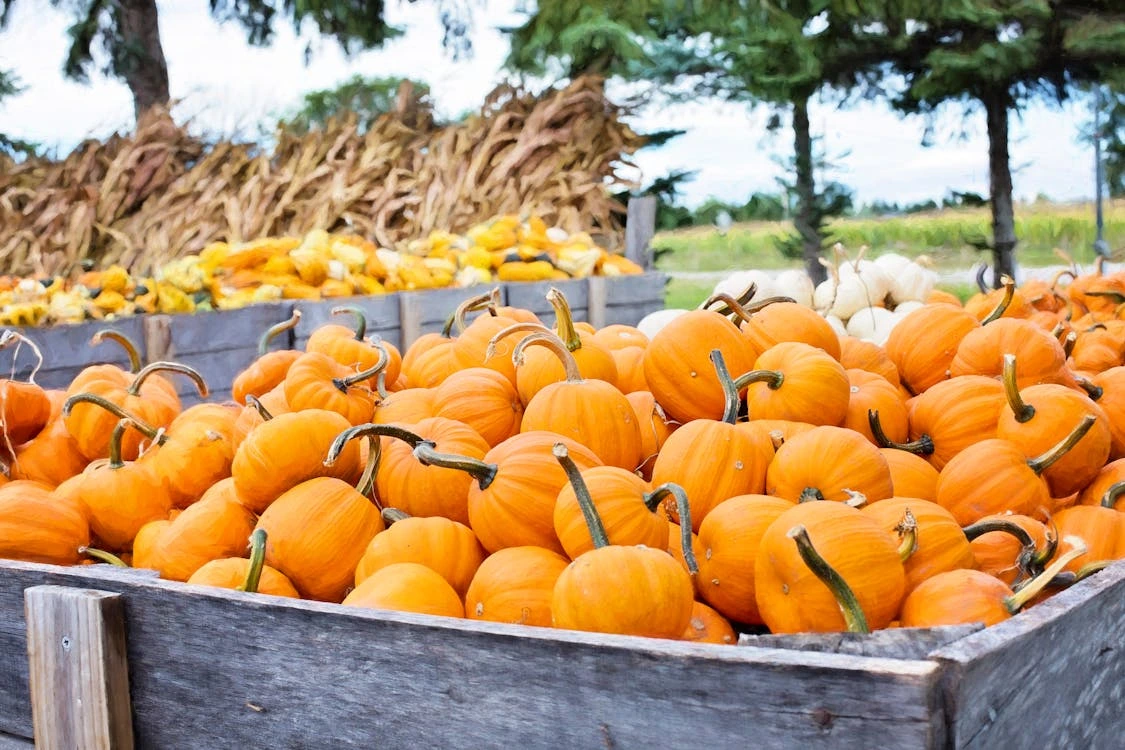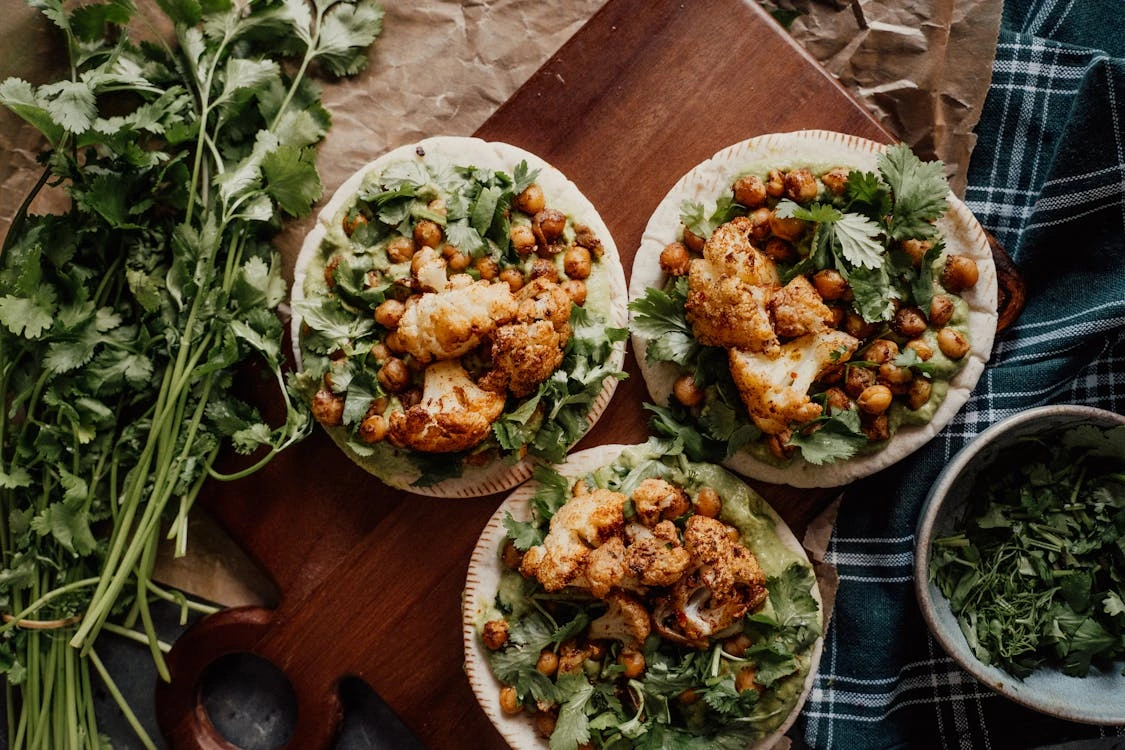Chestnuts, a seasonal favourite in Canada, offer a range of nutritional benefits that set them apart from other nuts. Low in fat and calories, but rich in complex carbohydrates and fibre, chestnuts provide a steady source of energy while supporting digestive health.
Table of Contents:
- 🍽️ Nutrition Facts of Chestnuts
- ❤️ Health Benefits of Chestnuts
- 🤒 Adverse Effects of Chestnuts
- 📅 Best Season for Chestnuts
- 🥘 How to Prepare Chestnuts
Chestnuts are also a good source of vitamin C, potassium, and antioxidants, which contribute to a strong immune system and heart health. Whether roasted, boiled, or added to various dishes, chestnuts bring both flavour and nutrition to the table during the cooler months.
🍽️ Nutrition Facts of Chestnuts
Chestnuts, a seasonal favourite in Canadian households, are a nutritious and versatile nut that provides a variety of essential nutrients. Unlike many other nuts, chestnuts are relatively low in fat and calories while being rich in carbohydrates and fibre. Here is a detailed look at the nutritional value of chestnuts:
- Carbohydrates: Chestnuts are predominantly composed of carbohydrates, which provide a steady source of energy. A 100-gram serving of chestnuts contains about 45 grams of carbohydrates, making them more similar to starchy vegetables than traditional nuts. These carbohydrates include both starch and natural sugars, contributing to their mildly sweet flavour.
- Fibre: Chestnuts are a good source of dietary fibre, with about 5 grams per 100 grams. Fibre is essential for maintaining healthy digestion, promoting regular bowel movements, and supporting gut health. Fibre can also help manage cholesterol levels, contributing to heart health.
- Vitamins: Chestnuts are rich in several key vitamins, including vitamin C, which is relatively rare among nuts. A 100-gram serving provides about 43% of the recommended daily intake of vitamin C, which supports immune function, skin health, and collagen production. Chestnuts also contain B vitamins such as folate (vitamin B9), which is essential for cell growth and function, and thiamine (vitamin B1), which aids in energy metabolism.
- Minerals: Chestnuts are a good source of potassium, which helps regulate blood pressure and supports proper muscle function. They also contain smaller amounts of magnesium, phosphorus, and calcium, all of which contribute to bone health. The manganese in chestnuts plays a role in antioxidant defence and bone formation.
- Protein: Chestnuts are relatively low in protein compared to other nuts, providing about 2 grams of protein per 100 grams. While not a significant source of protein, they can still contribute to the overall protein intake when combined with other protein-rich foods.
- Fats: One of the unique aspects of chestnuts is their low fat content. A 100-gram serving contains less than 2 grams of fat, making them much lower in fat than most other nuts, which are typically higher in unsaturated fats. This makes chestnuts a suitable option for those looking to reduce their fat intake while still enjoying the texture and flavour of nuts.
- Antioxidants: Chestnuts contain antioxidants, including vitamin C and polyphenols, which help protect cells from oxidative stress. These compounds may reduce inflammation and lower the risk of chronic diseases, such as heart disease.
For Canadians looking for a nutritious, low-fat alternative to traditional nuts, chestnuts are an excellent choice. Whether roasted, boiled, or used in recipes, chestnuts offer a range of vitamins, minerals, and fibre, making them a healthy addition to both savoury and sweet dishes.
❤️ Health Benefits of Chestnuts
Chestnuts, a nutritious and versatile nut, offer several health benefits due to their rich content of vitamins, minerals, and fibre. Incorporating chestnuts into your diet can positively impact various parts of the body, supporting overall health and well-being.
- Heart Health: Chestnuts are low in fat and contain no cholesterol, making them heart-friendly. The potassium in chestnuts helps regulate blood pressure by balancing sodium levels in the body, reducing the risk of hypertension. Additionally, the fibre in chestnuts can help lower cholesterol levels, further supporting cardiovascular health.
- Digestive Health: The high fibre content in chestnuts promotes healthy digestion by supporting regular bowel movements and preventing constipation. Fibre also nourishes beneficial gut bacteria, contributing to a healthy microbiome and reducing the risk of digestive disorders.
- Immune System: Chestnuts are one of the few nuts that contain a significant amount of vitamin C, which is crucial for immune function. Vitamin C helps the body fight off infections, speeds up wound healing, and strengthens the immune system’s response to illness, making chestnuts a valuable addition to a balanced diet, especially during the cold months.
- Bone Health: Chestnuts contain essential minerals such as magnesium, phosphorus, and calcium, all of which are vital for maintaining strong bones. Magnesium helps with bone density, while calcium and phosphorus work together to promote healthy bone structure, reducing the risk of osteoporosis and fractures as we age.
- Brain Health: The B vitamins in chestnuts, particularly folate (vitamin B9) and thiamine (vitamin B1), play a key role in maintaining cognitive function. Folate supports brain development and cognitive function, while thiamine aids in energy metabolism, ensuring that the brain gets the energy it needs to function properly. Regular consumption of chestnuts may help support mental clarity and cognitive health.
- Skin Health: Thanks to their high levels of vitamin C and antioxidants, chestnuts can contribute to healthy, radiant skin. Vitamin C supports collagen production, which is essential for maintaining skin elasticity and reducing the signs of aging. Antioxidants in chestnuts also help protect the skin from oxidative stress and environmental damage.
Including chestnuts in your diet can have a positive impact on many parts of the body, from the heart and digestive system to the skin and bones. Whether roasted as a snack or added to savoury and sweet dishes, chestnuts offer a delicious way to enhance your health and well-being.
🤒 Adverse Effects of Cinnamon
While chestnuts are generally considered a nutritious and healthy food, there are potential adverse effects that some individuals should be aware of. For most people, chestnuts can be enjoyed as part of a balanced diet, but certain sensitivities or health conditions may require caution.
- Allergic Reactions: Like other nuts, chestnuts can trigger allergic reactions in some individuals, particularly those with tree nut allergies. Symptoms of a chestnut allergy can range from mild, such as itching or swelling of the mouth and throat, to more severe reactions like difficulty breathing or anaphylaxis. If you have a known nut allergy, it is important to consult a healthcare professional before consuming chestnuts. Additionally, cross-reactivity can occur for those allergic to latex, as chestnuts contain proteins similar to those found in latex.
- Digestive Issues: Chestnuts are high in carbohydrates and fibre, which can lead to digestive discomfort if consumed in large quantities, particularly for individuals with sensitive digestive systems or conditions such as irritable bowel syndrome (IBS). Overeating chestnuts can cause bloating, gas, or even diarrhoea due to the high fibre content. It is best to consume chestnuts in moderation, allowing the body time to adjust to the increased fibre intake.
- Oxalate Content: Chestnuts contain oxalates, naturally occurring compounds that, when consumed in excess, may contribute to the formation of kidney stones in susceptible individuals. If you are prone to kidney stones or have been advised to follow a low-oxalate diet, it is best to limit your intake of foods like chestnuts and consult with a healthcare provider for personalized dietary advice.
- Potential Interactions with Medications: Chestnuts, due to their high potassium content, may pose risks for individuals taking certain medications, such as potassium-sparing diuretics or medications for kidney conditions. Excessive potassium intake can lead to hyperkalemia, a condition where blood potassium levels are elevated, potentially affecting heart function. If you are on medications that affect potassium levels, it is advisable to speak with your healthcare provider before increasing chestnut consumption.
For most Canadians, chestnuts can be a healthy and enjoyable addition to the diet. However, individuals with allergies, certain medical conditions, or those on specific medications should be mindful of the potential adverse effects and consult their healthcare provider to ensure chestnuts fit into their dietary plan safely.
📅 Best Season for Cinnamon
Chestnuts, a seasonal favourite in Canada, are most commonly enjoyed during the cooler months, particularly in the fall and winter. Their mildly sweet flavour and versatile uses make them a popular choice for festive dishes and wintertime snacks. Knowing the best time to purchase and how to store chestnuts properly will help you enjoy their freshness and flavour for longer.
- Best Season to Purchase: Chestnuts are typically harvested in the fall, making late September through December the ideal time to purchase them fresh. During this period, you will find locally harvested chestnuts at farmers’ markets and grocery stores. Chestnuts are often associated with holiday traditions, and their peak availability aligns with the Canadian holiday season. While chestnuts can sometimes be found year-round, purchasing them in the fall ensures they are at their freshest and most flavourful.
- Selecting Chestnuts: When buying chestnuts, choose those that are firm and heavy for their size, with smooth, shiny shells. Avoid chestnuts with wrinkled, cracked, or mouldy shells, as these are signs of age or improper storage. Fresh chestnuts should feel solid and full, with no hollow sound when shaken.
Avoid storing chestnuts in a sealed plastic bag at room temperature, as this can cause mould or spoilage due to their high moisture content. Fresh chestnuts should also be used relatively quickly after purchase, as they are more perishable than dried nuts like almonds or walnuts.
🥘 How to Prepare Cinnamon
Chestnuts, with their mildly sweet flavour and tender texture, are a versatile and nutritious addition to many dishes. Whether roasted, boiled, or used in cooking, chestnuts bring warmth and richness to a variety of recipes. Here’s how to prepare and cook chestnuts at home for a delicious, seasonal treat.
- Preparation: Before cooking chestnuts, it is essential to score them to prevent them from bursting during cooking. Use a sharp knife to cut a small “X” on the flat side of each chestnut. This will allow steam to escape and make the shells easier to peel once cooked. Rinse the chestnuts under cold water to clean off any dirt or debris.
- Roasting: Roasting is one of the most popular and traditional ways to prepare chestnuts, especially during the holiday season. To roast chestnuts, preheat your oven to 200°C. Place the scored chestnuts on a baking sheet, flat side down, and roast for 20 to 25 minutes, or until the shells start to peel back and the chestnuts are tender. Stir the chestnuts halfway through cooking for even roasting. Once roasted, let them cool slightly, then peel off the outer shell and the thin inner skin while they are still warm. Roasted chestnuts can be enjoyed on their own or added to salads, stuffing, or other dishes.
- Boiling: Boiling is another simple method for cooking chestnuts, particularly if you plan to use them in soups, stews, or baking. To boil chestnuts, place the scored nuts in a large pot of water and bring it to a boil. Reduce the heat and simmer for 15 to 20 minutes, or until the chestnuts are tender. Drain the water and peel the chestnuts while they are still warm. Boiled chestnuts can be mashed or pureed and used in sweet or savoury dishes.
- Sautéing: For a quick and flavourful method, you can sauté cooked and peeled chestnuts in a little butter or olive oil. Heat a skillet over medium heat, add the chestnuts, and sauté for 5 to 7 minutes until they are golden and slightly crisp. Season with salt, pepper, or herbs like rosemary for extra flavour. Sautéed chestnuts make an excellent side dish or topping for salads, vegetables, or pasta.
- Steaming: Steaming is a gentler cooking method that preserves the chestnuts’ soft, creamy texture. Place the scored chestnuts in a steamer basket over simmering water and steam for about 20 minutes, or until tender. Once cooked, peel the chestnuts and enjoy them as a snack or use them in recipes that call for softer chestnuts.
By following these preparation and cooking methods, Canadians can enjoy the delicious flavour and nutrition of chestnuts throughout the fall and winter months. Whether roasted by the fire or added to comforting dishes, chestnuts offer a versatile and satisfying way to enhance your home cooking.















